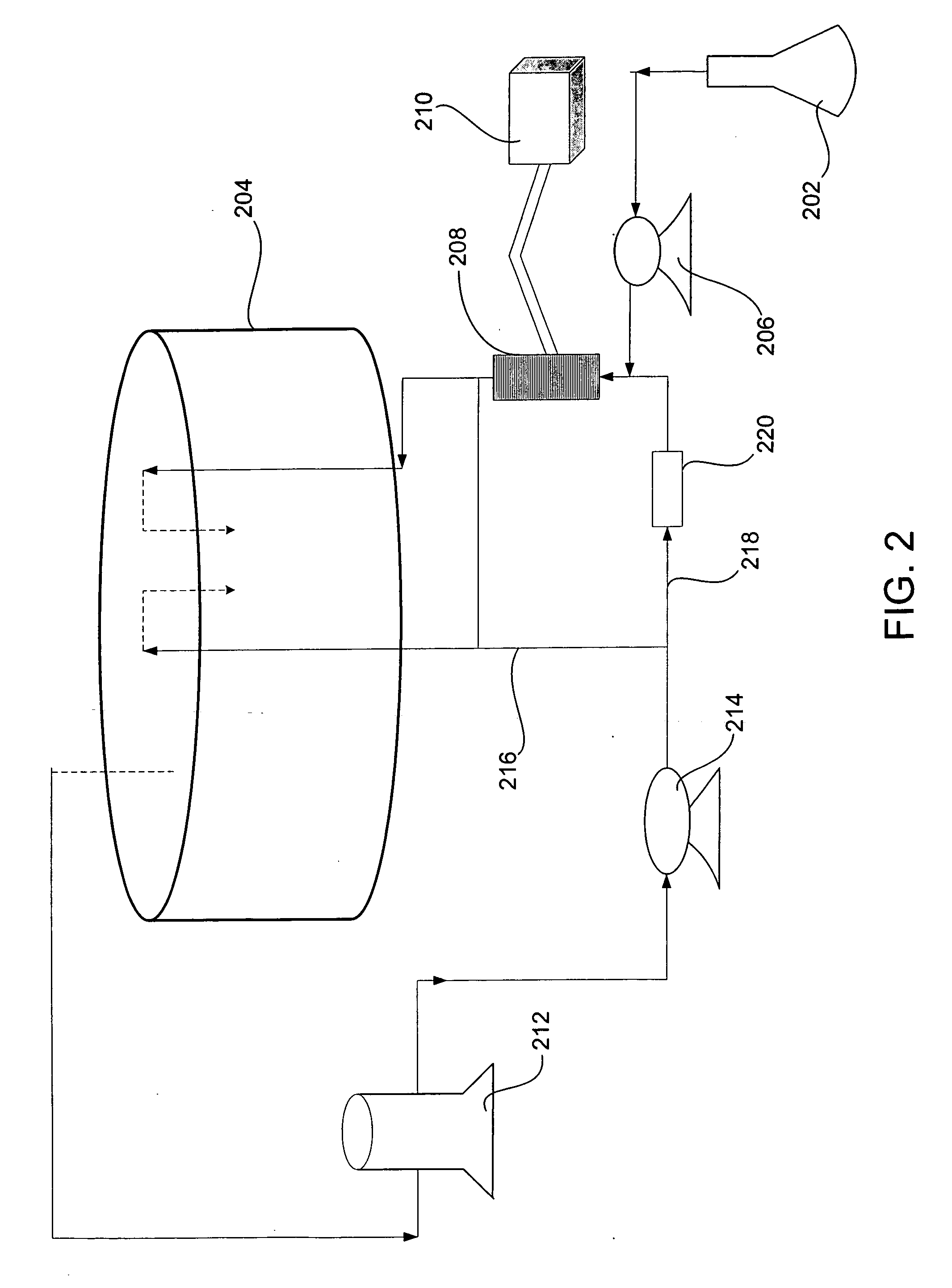Methods for controlling pH in water sanitized by chemical or electrolytic chlorination
a technology of electrolytic chlorination and chlorination method, which is applied in the direction of water/sewage treatment by neutralisation, water treatment parameter control, chemistry apparatus and processes, etc., can solve the problems of time-consuming technique for pool owners or technicians, increased ph of electrolytic purification, and dangers of spillage, etc., to achieve the effect of eliminating or substantially reducing the need, reducing and affecting the ph of the water
- Summary
- Abstract
- Description
- Claims
- Application Information
AI Technical Summary
Benefits of technology
Problems solved by technology
Method used
Image
Examples
example 1
[0035] The apparatus was operated as decribed above. Prior to operation and zinc addition, the water was conditioned to simulate pool water by adding 1.2 g CaCl2 (to simulate water hardness) and 0.8 g NaHCO3 (to simulate water alkalinity), followed by addition of 10 g NaCl to provide the desired salinity for the electrolytic chlorinator. 6.28 g of zinc chloride was added by one-time batch addition and mixed overnight. Because the zinc chloride is a Lewis acid, this addition and mixing reduced the initial pH from 7.9 to 6.0. The resulting increase in pH was limited to approximately 1.25 pH units over 60 minutes, from an initial pH of around 5.75 to a final pH of around 7 (as indicated in FIG. 1 by the curve labeled “Zn added”). This is approximately half of the pH increase occurring in the control experiments.
example 2
[0036] The procedure described in Example 1 was followed, except that following water conditioning, zinc chloride was added as a 12.2 mM aqueous solution via a peristaltic pump at a rate of 10.5 ml / min. The pH time response of the system to this addition is shown by the curve in FIG. 1 labeled “Zn Solution.” The pH of the system shows a net increase of only about 0.8 pH units over 60 minutes of operation. Perhaps more significantly, after about 10 minutes of operation, the pH time response curve is essentially flat, with only a slight upward trend occurring at about 60 minutes. This is in contrast to both the control and the batch addition curves which, while seeming to increase more slowly after 60 minutes, still show a more decided upward trend.
example 3
[0037] The procedure described in Example 2 was followed, except that the zinc chloride was added as a 25 mM solution at a rate of 10.2 ml / min. The pH time response is given by the curve labeled “Zn Solution II” in FIG. 1. Over the course of 60 minutes of operation, the pH increase was only about 0.2 pH units. Moreover, after about 30 minutes of operation, the pH time response curve was trending downward, indicating that the zinc chloride addition was not only preventing further pH increase, but was actually beginning to reverse the increase and return pH toward the pH level when the chlorinator operation began.
PUM
| Property | Measurement | Unit |
|---|---|---|
| volume | aaaaa | aaaaa |
| volume | aaaaa | aaaaa |
| pH | aaaaa | aaaaa |
Abstract
Description
Claims
Application Information
 Login to View More
Login to View More - R&D
- Intellectual Property
- Life Sciences
- Materials
- Tech Scout
- Unparalleled Data Quality
- Higher Quality Content
- 60% Fewer Hallucinations
Browse by: Latest US Patents, China's latest patents, Technical Efficacy Thesaurus, Application Domain, Technology Topic, Popular Technical Reports.
© 2025 PatSnap. All rights reserved.Legal|Privacy policy|Modern Slavery Act Transparency Statement|Sitemap|About US| Contact US: help@patsnap.com



